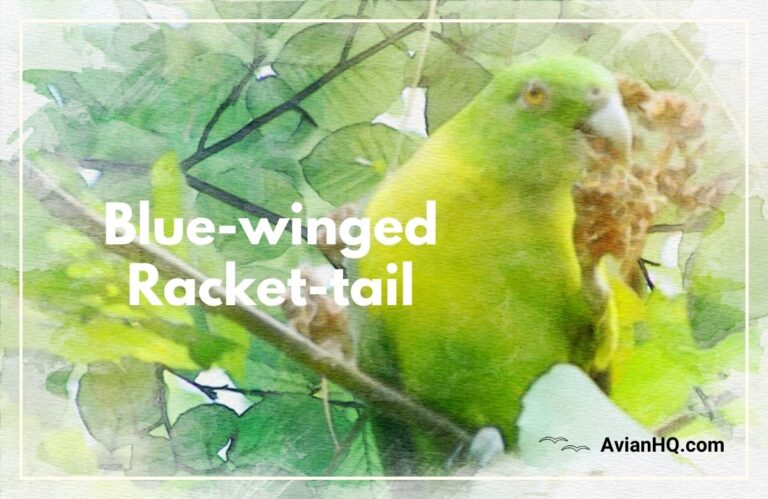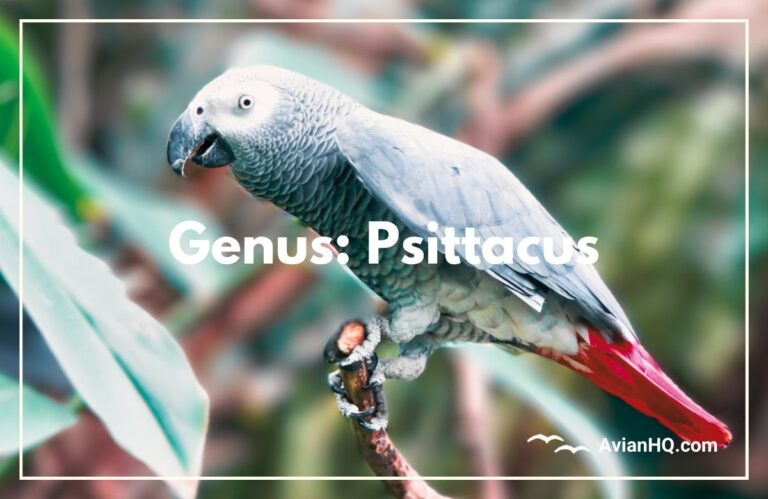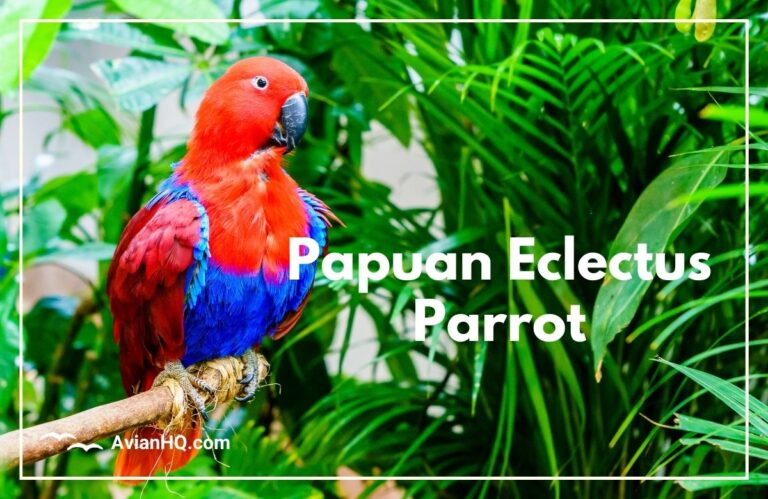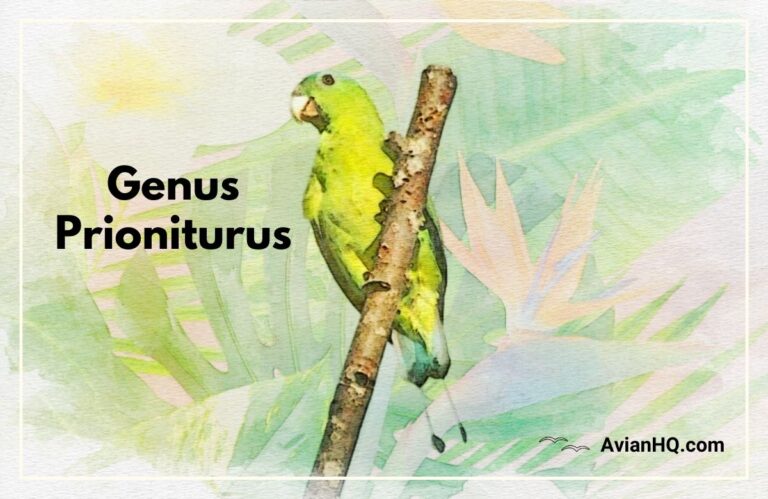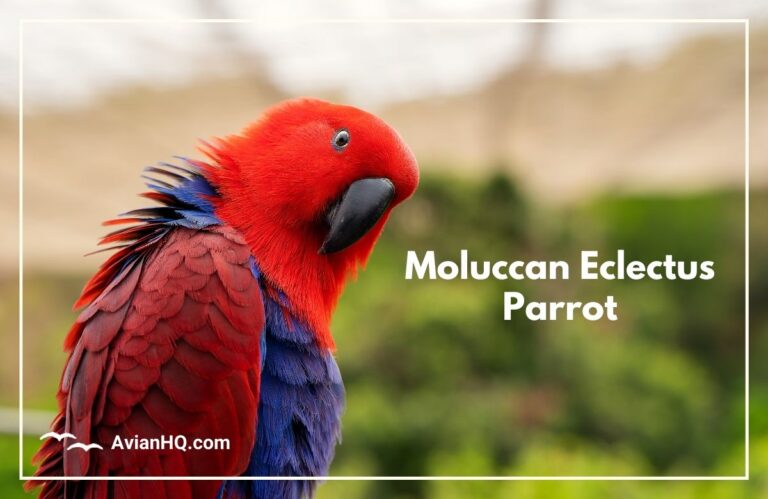Genus: Aprosmictus
The parrots of the genus Aprosmictus are a fascinating group of birds native to Australia and parts of Indonesia. With only two extant species, they are somewhat rare and mysterious creatures. But their vibrant plumage and charismatic nature have captivated bird enthusiasts for generations.
Aprosmictus parrots inhabit a range of wooded habitats across northern and eastern Australia, as well as some offshore islands. They are medium-sized parrots with long tails and bright green bodies. The genus name Aprosmictus even means “unsociable” or “solitary” in Greek, though these birds can gather in small flocks.
The two Aprosmictus species are most easily distinguished by their wing coloration. Males of both species bear bright red wing patches, while females have less extensive yellow or orange patches.
While little-studied, Aprosmictus parrots are believed to be intelligent and social. Their brain-to-body ratio rivals that of primates, suggesting advanced cognitive abilities. They communicate with a variety of squawks, chirps, and screeches. And they form strong pair bonds, mating for life.
Threats like habitat loss and trapping for the pet trade have put pressure on Aprosmictus populations. But targeted conservation efforts have helped stabilize numbers. Read on to learn more about these charismatic parrots and why protecting rare species like Aprosmictus is so important.
Species Spotlights
Jonquil Parrot (Aprosmictus jonquillaceus)
The rare Jonquil Parrot is found only on a few Indonesian islands like Timor and Roti. With bright yellow and green plumage accented by orange wing patches, this species has a striking beauty. But trapping for the pet trade and habitat loss have reduced it’s numbers, leading to a Vulnerable conservation status. Learning more about these scarce parrots can help support desperately needed protections.
Red-winged Parrot (Aprosmictus erythropterus)
With it’s lime green body and bold red wing patches, the Red-winged Parrot is a familiar sight across northern Australia. These parrots inhabit a range of wooded areas and can gather in flocks up to 50 strong. Though still common, habitat destruction has put some pressure on populations. And their high intelligence makes them sought-after pets. Measuring 12-14 inches (30-35 cm), Red-winged Parrots have complex social lives, using an array of vocalizations to communicate.
Behavior and Intelligence
Aprosmictus parrots showcase impressive intelligence and complex behaviors. Their brain-to-body ratio approaches that of higher primates. This advanced neural capacity enables behaviors like:
Social Complexity
Aprosmictus form monogamous pairs and small family groups. They use vocalizations and body language to maintain social bonds. Complex social structures require advanced cognition.
Communication
These parrots have an extensive vocal repertoire. Contact calls, alarm calls, food begging calls, and more allow them to coordinate behavior. Mimicry of human speech is also possible, a sign of intelligence.
Tool Use
In the wild, Aprosmictus use sticks and other objects to probe for food. Captive birds readily solve puzzles and learn tricks. Their tool use implies an ability to problem solve.
Foraging
To find scarce food, Aprosmictus parrots exhibit strategic foraging behaviors. They conserve energy by perching to scan for food sources before making short foraging flights.
The cognitive abilities of Aprosmictus parrots rival their brighter plumage in impressiveness. Protecting these rare birds means preserving irreplaceable intelligence.
Cultural Significance
The vibrant beauty and intelligence of Aprosmictus parrots have made them symbols of local cultures and popular human companions.
Indigenous Culture
Some Australian indigenous groups traditionally harvested Aprosmictus parrots for feathers and food. Their bright plumage held ceremonial and spiritual importance. These parrots remain symbols of the forest in indigenous art and storytelling.
Aviculture
The pet trade prizes Aprosmictus parrots for their beauty, intellect, and longevity. Their need for large enclosures and specialized care limits their suitability as pets. But aviculturalists have bred captive populations, studying their behavior and biology.
Media
Bright red parrots hold broad cultural appeal. Aprosmictus species have made appearances in movies like Paul Hogan’s “Almost an Angel” and television shows like “Skippy the Bush Kangaroo.” Their vibrant beauty captivates audiences.
While limited as pets, Aprosmictus parrots have inspired indigenous cultures for generations. Protecting them ensures future generations can continue to appreciate Australia’s avian riches.
Threats and Conservation
Though Aprosmictus parrots remain relatively common overall, their small populations and limited ranges make them vulnerable. Key threats include:
- Habitat Loss – Logging, agriculture, and development have reduced wooded habitats across Australia and Indonesia. This pressures Aprosmictus populations.
- Trapping – These sought-after parrots are still trapped illegally for the pet trade, especially the rarer Jonquil Parrot. Trapping reduces wild numbers.
- Climate Change – Rising temperatures and increased drought may affect food sources and nesting sites. Their small ranges limit adaptability.
Conservation actions needed:
- Habitat protection laws in Indonesia and Australia
- Crackdown on illegal trapping
- Public education on responsible aviculture
- Captive breeding programs
- Monitoring climate impacts
The Jonquil Parrot’s global population is estimated at only 5,000-15,000 individuals. It’s habitat range covers just 2,200 sq mi (5,700 sq km). Without intervention, it may face extinction. Protecting rare parrots like Aprosmictus is critical for preserving nature’s diversity.
Conclusion
The parrots of the genus Aprosmictus showcase the wonders of avian evolution. Their bright plumage and advanced cognition are marvels of nature. Yet habitat loss and trapping pressure these rare species.
Conserving Aprosmictus parrots will require commitment from scientists, governments, and the public. Protecting habitats and limiting captures are crucial first steps. Continued research can uncover new ways to bolster populations.
With only two remaining species, every Aprosmictus individual is precious. The Jonquil Parrot and Red-winged Parrot highlight Australia’s unique biological heritage. Losing them would impoverish both ecosystems and human cultures. By supporting conservation, we can ensure Aprosmictus parrots thrive for ages to come.
The unsociable parrots still have much to teach us. With care and wisdom, we can be better stewards of their future.


